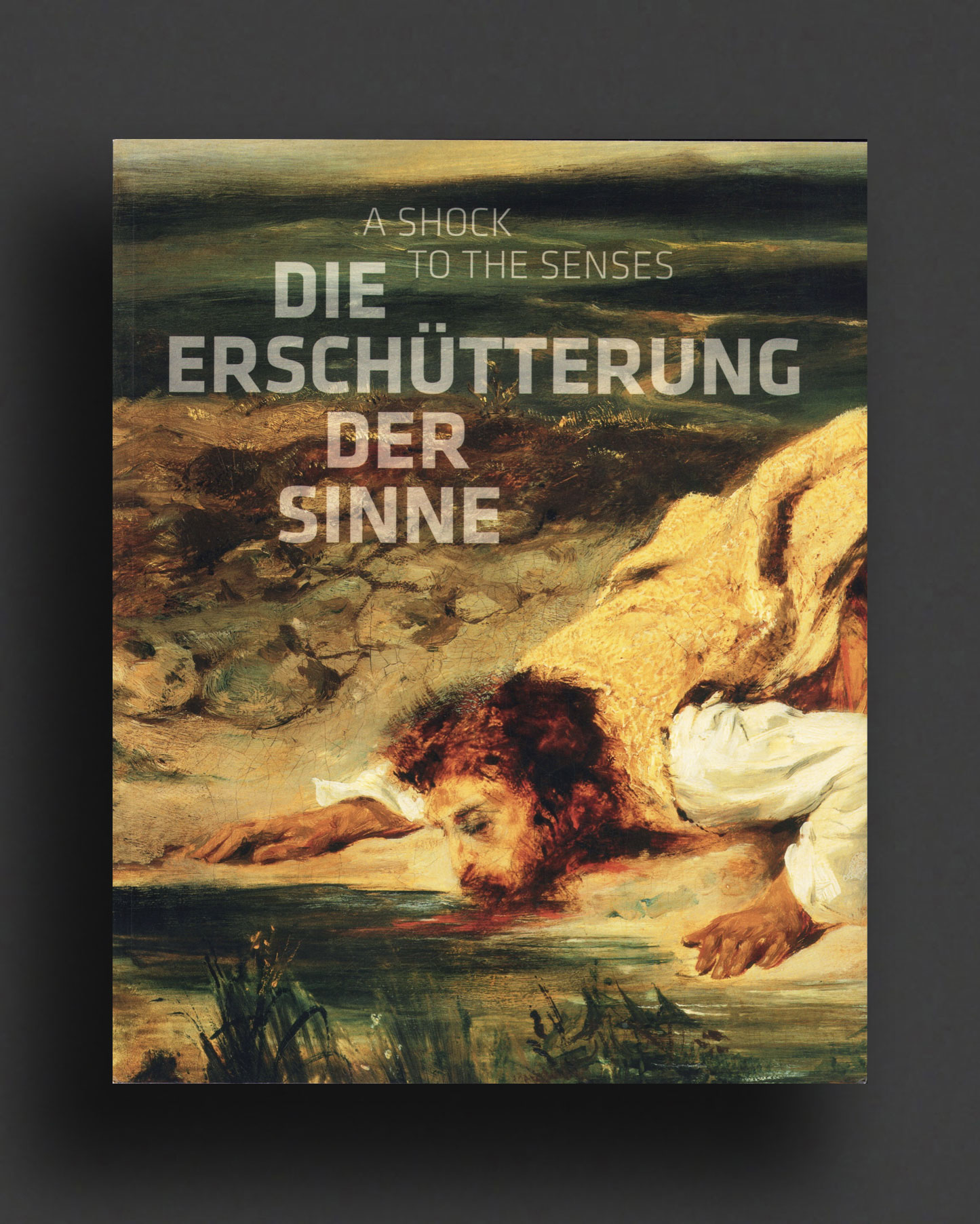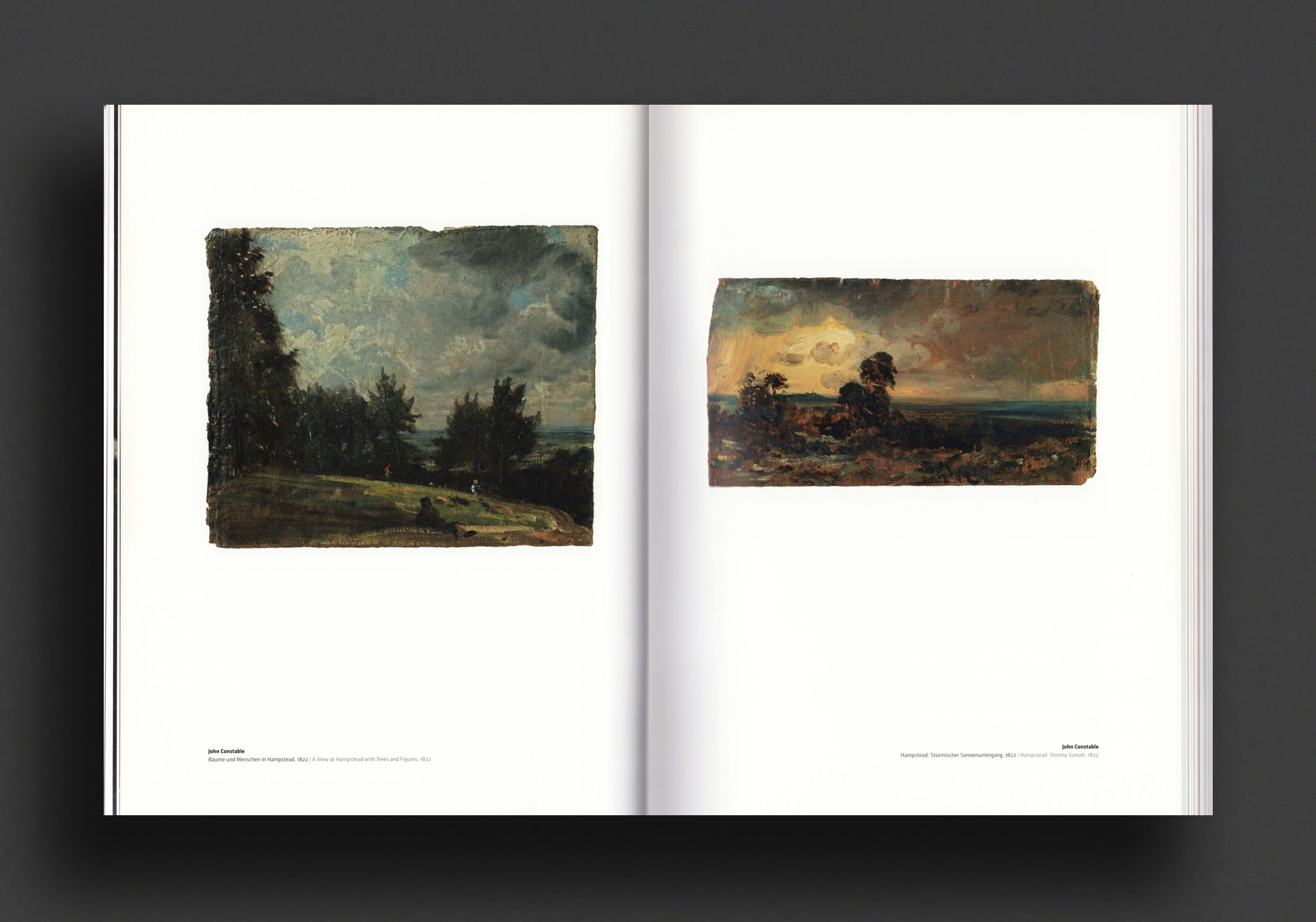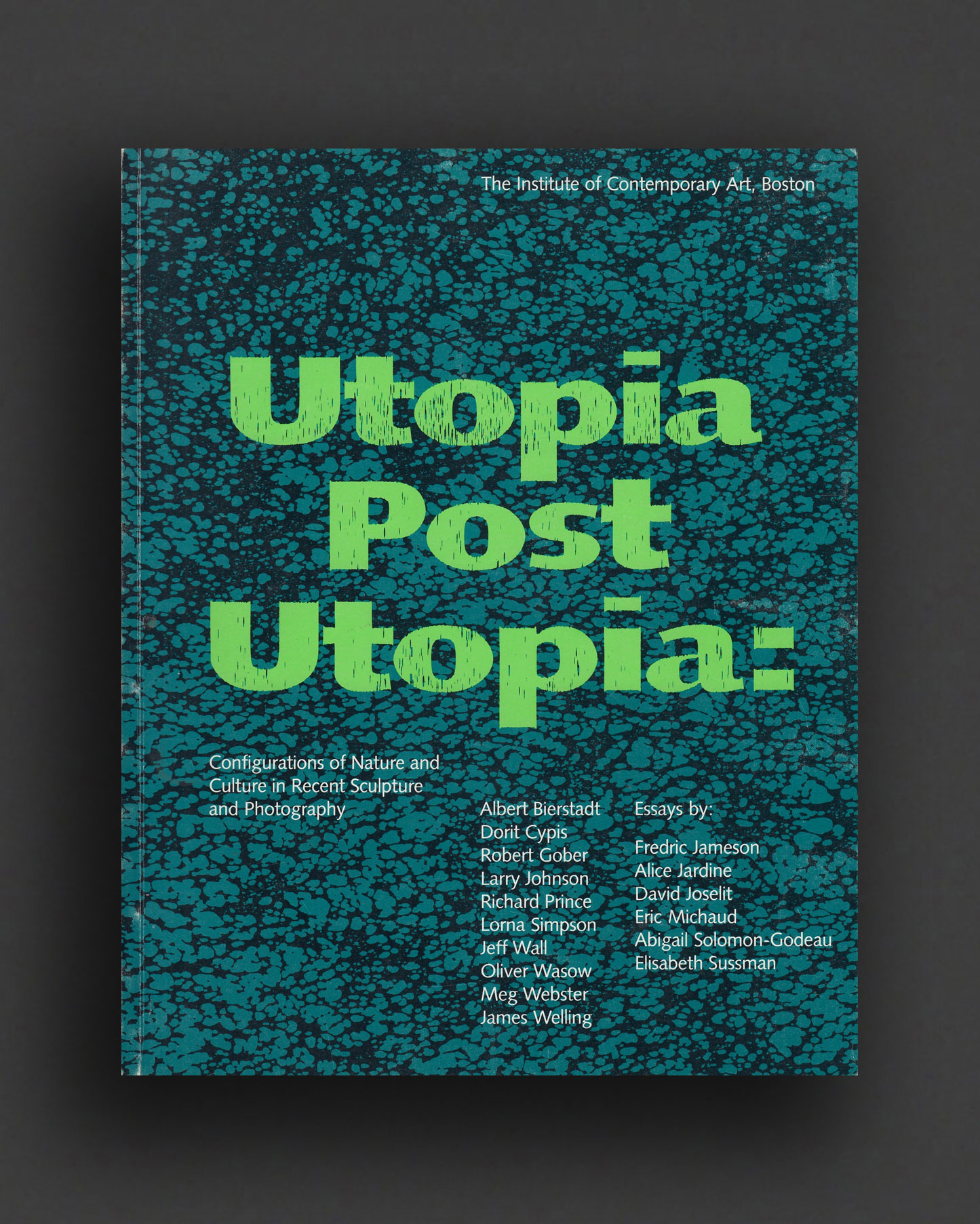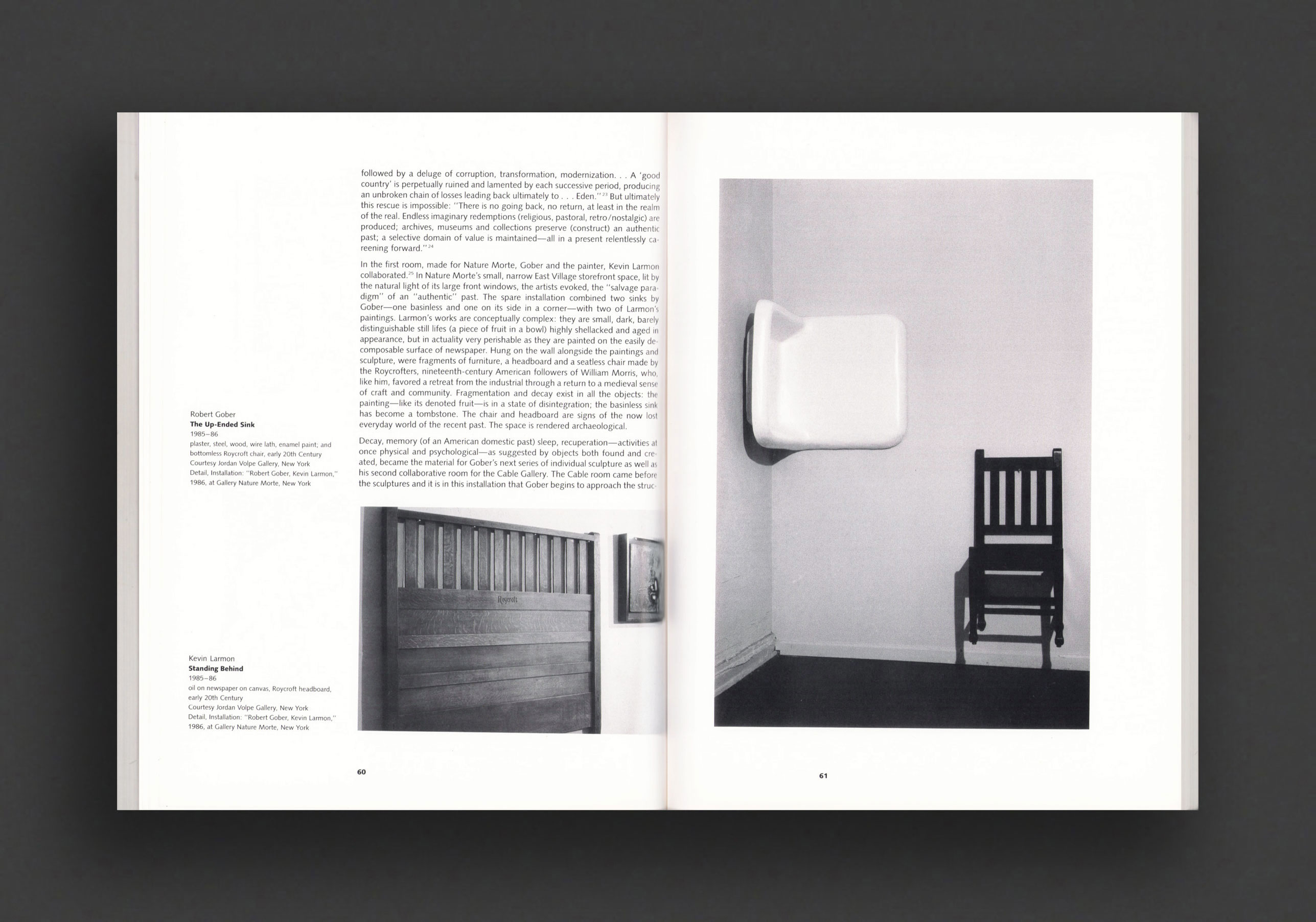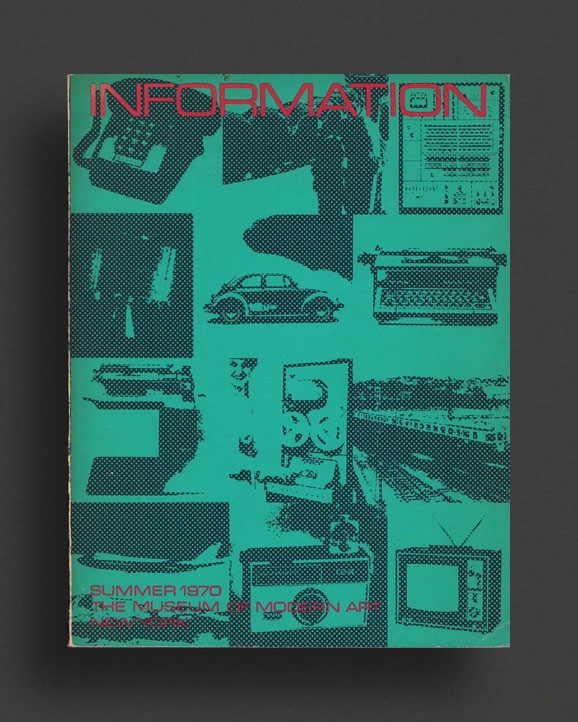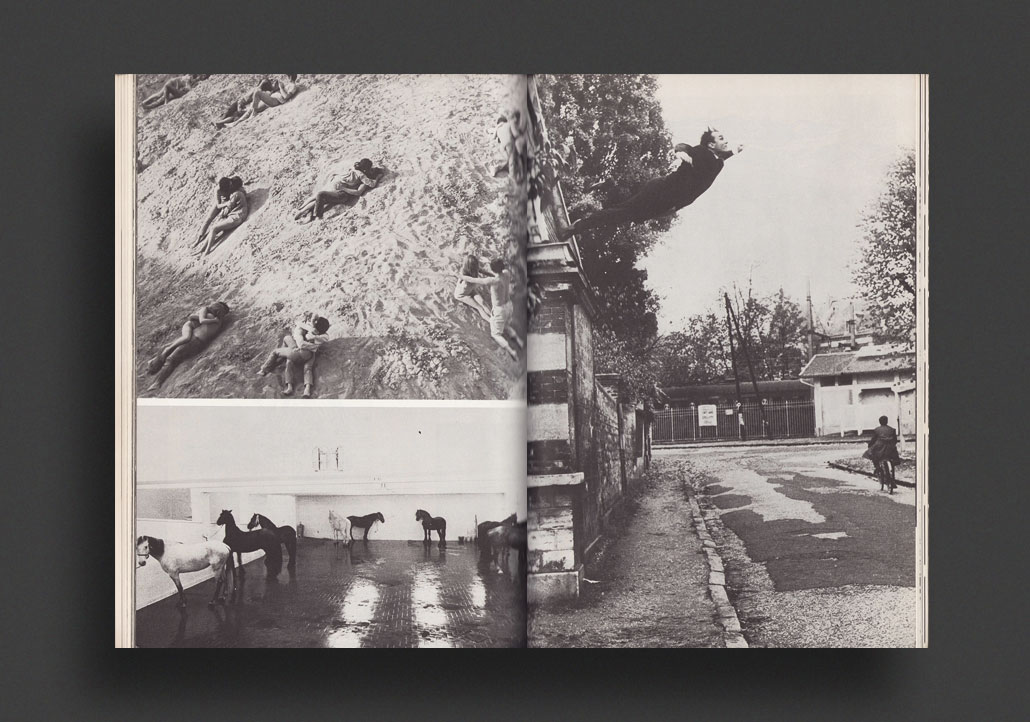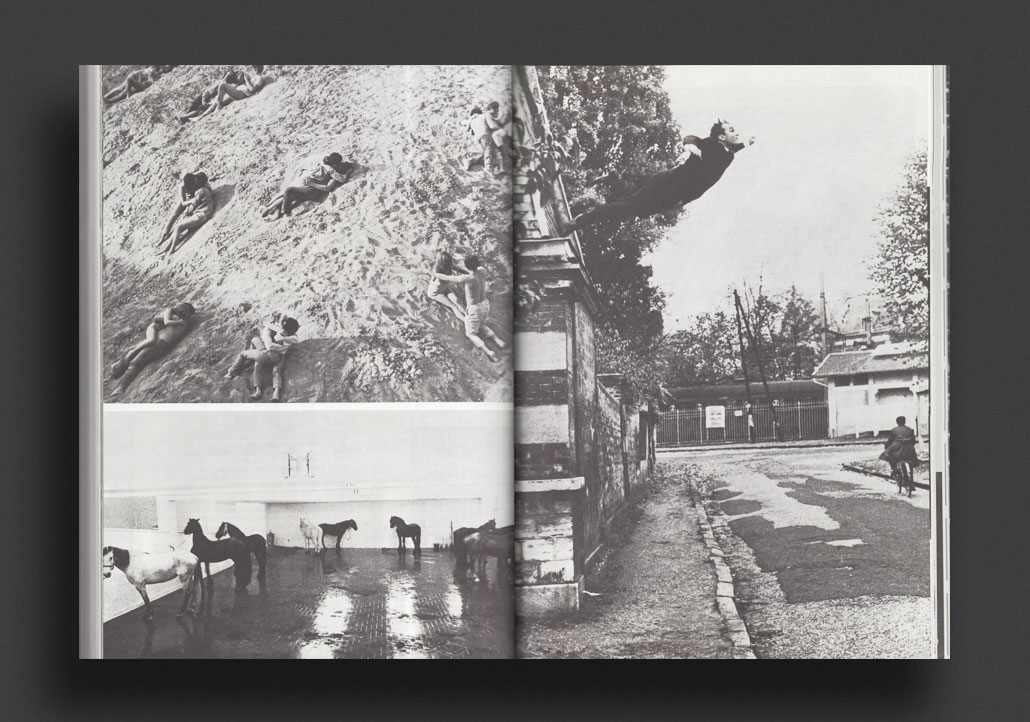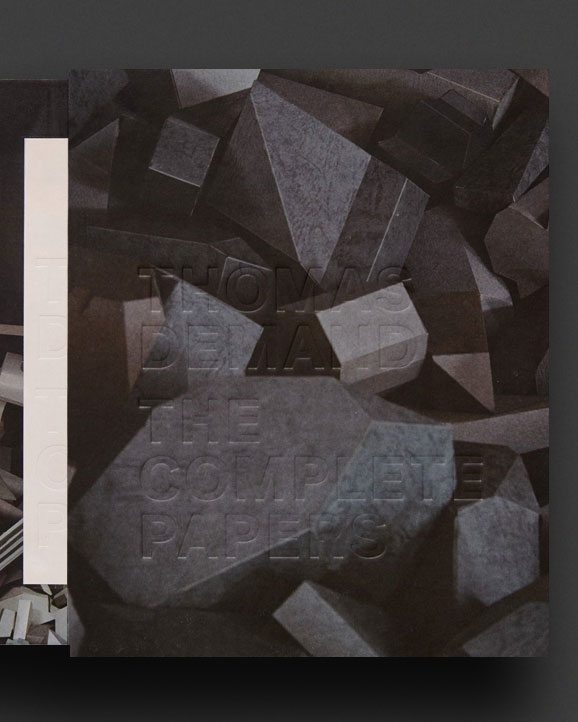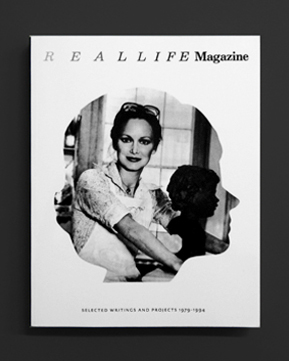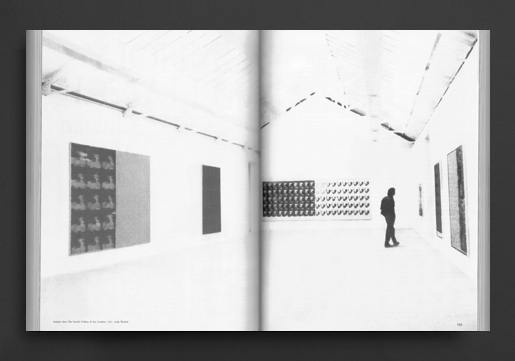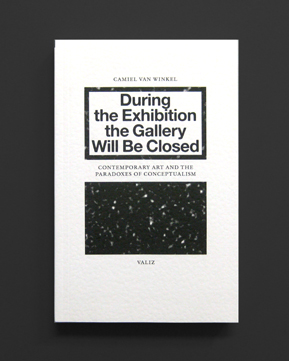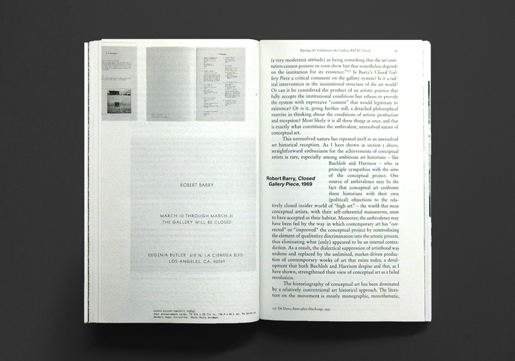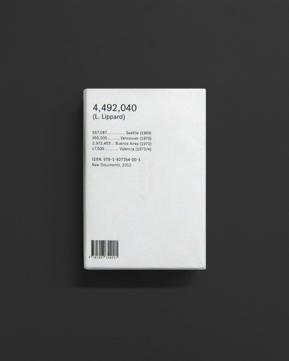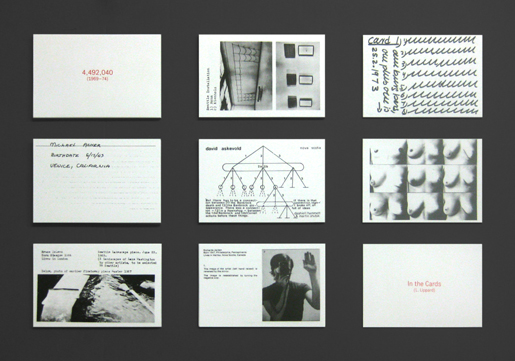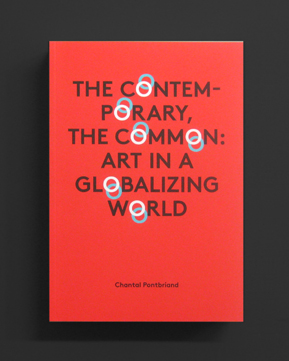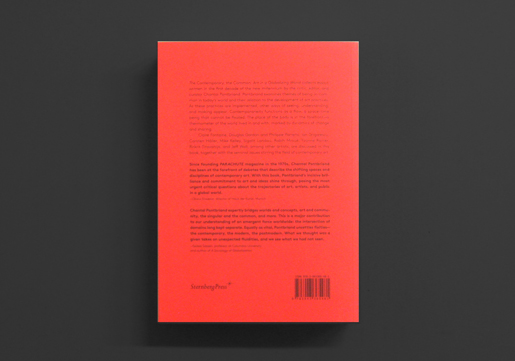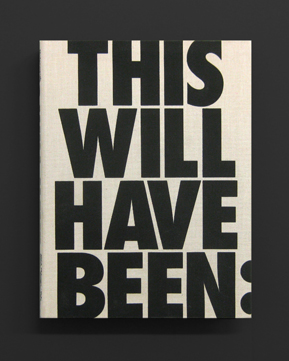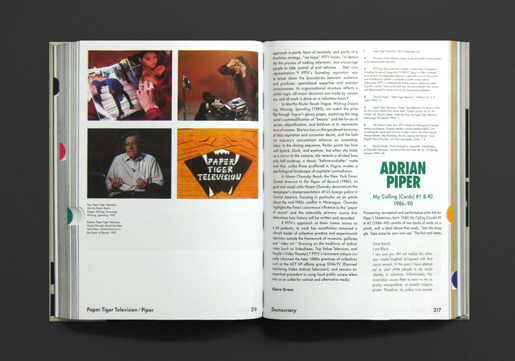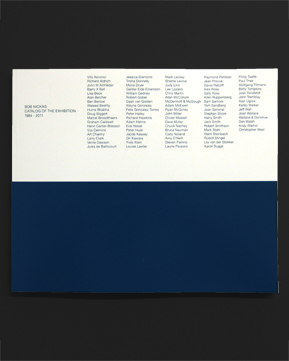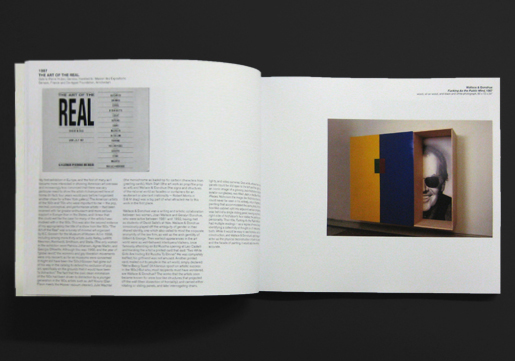(...less)
REAL LIFE Magazine: Selected Writings and Projects 1979-1994 highlights a selection of writings and artists' projects from REAL LIFE magazine, which was originally edited by artist, writer, and curator, Thomas Lawson and writer, Susan Morgan. Published in twenty-three issues from 1979-1994 as an intermittent black and white magazine, REAL LIFE featured artists and art historians writing on art, media and popular culture interspersed with pictorial contributions. The development of the magazine through its 15 year history, traces the influences, development and transitions of artists through the 80s.
The anthology features writings by and about Dara Birnbaum, Eric Bogosian, Rhys Chatham, Mark Dion, Jack Goldstein, Felix Gonzalez-Torres, Kim Gordon, Dan Graham, Thomas Lawson, Louise Lawler, Sherrie Levine, Allan McCollum, John Miller, Dave Muller, Matt Mullican, Adrian Piper, Richard Prince, David Robbins, Ed Ruscha, Cindy Sherman, Laurie Simmons, Michael Smith, John Stezaker, Bernard Tschumi, Jeff Wall, Lawrence Weiner, and James Welling among others.
Table of Contents:
Thomas Lawson and Susan Morgan: Various Histories of REAL LIFE Magazine
Matthew Higgs: REAL LIFE
Susan Morgan: an interview with Robert Moskowitz, 1979
Valentin Tatransky: Collage And The Problem Of Representation: Sherrie Levine's new work, 1979
Grahame Shane: Crime as Function, 1979
Susan Morgan: an interview with Steve Gianakos, 1979
Barbara Kruger: Game Show, 1979
James Welling: Untitled, 1979
Thomas Lawson: Every Picture Tells A Story Don't It? 1979
Thomas Lawson: Fashion Moda, 1980
Richard Prince: Primary Transfers, 1980
Dan Graham: The Destroyed Room of Jeff Wall, 1980
Kim Gordon: Trash Drugs And Male Bonding, 1980
Thomas Lawson: Going Places, 1980
Susan Morgan: Michael Hurson, 1980
Barbara Kruger: Devils With Red Dresses On, 1980
Thomas Lawson: Long Distance Information, 1980
Joseph Bishop: Desperate Character, 1980
Richard Prince: Menthol Pictures, 1980
Laurie Simmons: Sam and Dottie Dance, 1980
Jim Bradley: Radical Genitalia, 1980
Allan McCollum: Matt Mullican's World, 1980
Michael Smith: Mike In... What Should I Do About The Car? 1980
Sherrie Levine: Two Photographs After Walker Evans, 1980
Kim Gordon: Honeymoon Habit, 1980
Post-Modernism: a symposium, 1981
Dan Graham: BOWWOWWOW (the Age of Piracy), 1981
Howard Singerman: The Artist as Adolescent, 1981
Elsa Bulgari: Your Everyday Critic, 1981
Thomas Lawson: Too Good to be True, 1981
Jenny Bolande: Elk Grazed as if Nothing Had Happened, 1981
David Robbins: Notes toward film, 1981
Eric Bogosian: Fascination, 1981
Fulton Ryder: Pissing on Ice, 1981
Joan Wallace and Geralyn Donohue: Edit deAk, 1982
Rex Reason: Democratism, 1982
The Holy Ghost Writers: Condensation and Dish-Placement, 1982-3
Howard Singerman: Paragraphs toward an essay entitled 'Restoration Comedies', 1982-3
John Roberts: Ruins in the Realm of Thought, 1983
Paul McMahon: From The Permanent Collection, 1983
Jo Baer and Bruce Robbins: Beyond the Pale, 1983
Kathi Norklun: Courage, 1983
Tim Rollins: Particles, 1980-1983, 1983-4
Doug Ashford: Kiss of Death, 1983-4
Thomas Lawson: Komar & Melamid, 1983-4
Robin Winters: The Secret Agent: an interview with Jacki Ochs , 1983-4
Robert C. Morgan: a conversation with Lawrence Weiner , 1983-4
Judith Kirshner: A Blinding Light , 1983-4
Rex Reason: Brie Popcorn: an interview with the directors of Nature Morte Gallery, 1983-4
John Miller: Morality and the Poetic, 1984
Susan Morgan: Portraits of the Artists/Composite Drawings, 1984
B.P. Gutfreund: Four Photographs, 1984
Susan Morgan: Each and Every One of You, 1985
Mark Dion: Tales From The Dark Side, 1985
Jeff Wall: Dan Graham's Kammerspiel Parts I and II, 1985
Jana Sterbak: Premeditated: an interview with Ed Ruscha, 1985
Walter Robinson: The Quest For Failure, 1985-6
Derek Boshier: John Dugger, 1985-6
John A.Walker: Unholy Alliance: Chairman Mao, Andy Warhol, and the Saatchis, 1985-6
Kellie Jones: David Hammons, 1986
John Miller: Swiss Family Robbins, 1986
Adrian Piper: An Open Letter to Donald Kuspit, 1987-8
Susan Morgan: when X does not equal Y , 1987-8
Thomas Lawson: Critical Art Ensemble, 1988-9
Christine N. Lea: Beyond Belief, 1988-9
Felix Gonzalez-Torres: Untitled 1988: Detail of a Sculpture (Endless Copies), 1988-9
Thomas Lawson: No Bull, 1990
Allan McCollum: Photo from TV (with Paintings), 1990
Dara Birnbaum: The Wondering Of Context, 1990
James Welling: Corridors, 1989, 1990
Michael Smith and R. Sikoryak: Mike, 1990
Felix Gonzalez-Torres: Untitled, 1990
Judith Barry: Drive-In or Walk-In Museum, 1990
Group Material: AIDS Timeline, 1990
David Robbins: Three Cancelled TV Families, 1990
Louise Lawler: Untitled 1988, 1990
Susan Morgan: Carlos Gutierrez-Solana, 1994
Josef Strau and Stephan Dillemuth: Friesenwall 120, 1994
David A. Muller: Three Day Weekend, 1994
Spencer Finch: Amnesia And Saying Nothing, 1994
File under:
Adrian Piper
Allan McCollum
Andy Warhol
Barbara Kruger
Critical Art Ensemble
Dan Graham
Dara Birnbaum
David Hammons
Ed Ruscha
Felix Gonzalez-Torres
Group Material
Jack Goldstein
James Welling
Jeff Wall
Jo Baer
John Miller
Josef Strau
Judith Barry
Kim Gordon
Lawrence Weiner
Louise Lawler
Matt Mullican
Rhys Chatham
Richard Prince
Robin Winters
Sherrie Levine
Stephan Dillemuth
Matthew Higgs
Miriam Katzeff
Susan Morgan
Thomas Lawson
Primary Information / New York
Art
Fiction / Poetry
Photography
Sculpture / Installation
Theory / Essay
Group Shows / Collections
Painting
Periodicals




















































































































































